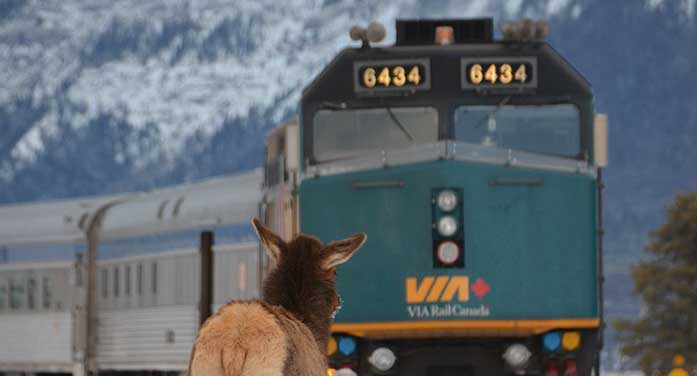 Investment managers and investors should often ask: If I didn’t already own this stock, would I buy it today?
Investment managers and investors should often ask: If I didn’t already own this stock, would I buy it today?
By any criteria, Via Rail, a federal Crown corporation, is not a good investment – even under unrealistically favourable assumptions. The federal government should rigorously examine this charitably-designated ‘enterprise,’ then aim it toward one of two fates: sale or liquidation.
Via Rail’s chronic cash-burning condition offers no economic value to any potential buyer, though there are always contrarians with the confidence, and perhaps the capability, to turn a seemingly hopeless asset into something valuable. For example, a number of ailing airlines have been bought and sold. But Via Rail, as structured and priced, has little allure to potential free-enterprise buyers.
Operating and capital funding from the federal government for Via has been massive: $548 million in 2019 (before the impact of COVID-19) and $597 million in 2021, as examples. Sadly, we should expect that massive financial support to continue.
The government should hire management consulting and investment banking firms to review and value Via Rail. By employing a variety of scenarios, including modelling fundamental changes in Via’s orientation, routes and staff levels, an engaged outside consultant should seek out opportunities for Via to move toward future positive cash flow.
Any genuinely independent review by experts would likely conclude that Via Rail requires additional investment and radical modernization – if it is not merely to survive but thrive.
| RELATED CONTENT |
| The case for selling Manitoba Crown corporations By Graham Lane |
| Manage provincial debt by controlling Crown projects By Eamonn Brosnan |
| The case for privatizing Crown utilities By Ian Madsen |
The subsidy per passenger for Via’s Corridor (Quebec to Windsor) route was $180 in 2021. In 2019, before COVID-19, the subsidy per rider was only $80. The subsidy for each rider taking Via’s spectacular Jasper-Prince Rupert route in 2019 was $483. In 2021, during COVID, that subsidy hit $1,474.
Higher ridership alone wouldn’t eliminate the subsidies.
In the absence of imaginative, radical and, perhaps, ruthless restructuring and reorientation, it’s unlikely that conventional investor valuation metrics (such as enterprise value to revenue; enterprise value to earnings before interest, taxes, depreciation and amortization, price to earnings, price to operating cash flow, price to free cash flow, and or even price to net asset value) would generate a visible potential value for even the most optimistic of potential buyers.
Yet stranger things have happened, with seemingly unappealing assets snapped up by a strategic industry-savvy acquirer.
Taxpayers will never know unless the federal government puts Via Rail up for sale (either in its current state, imperfections and all or after a credible restructuring plan is produced).
The federal government should embark on setting Via Rail, a truly underperforming asset, on either a sale or liquidation track. Using the cost of federal debt, the present value of Via Rail is about negative $16 billion.
There must be a better use of taxpayers’ money than keeping Via Rail, a chronically bad investment.
Ian Madsen is a senior policy analyst at the Frontier Centre for Public Policy and author of the forthcoming Sell Them or Shut Them Down: 111 Reasons Governments Should Divest State-Owned Enterprises.
Ian is a Troy Media Thought Leader. For interview requests, click here.
The opinions expressed by our columnists and contributors are theirs alone and do not inherently or expressly reflect the views of our publication.
© Troy Media
Troy Media is an editorial content provider to media outlets and its own hosted community news outlets across Canada.

